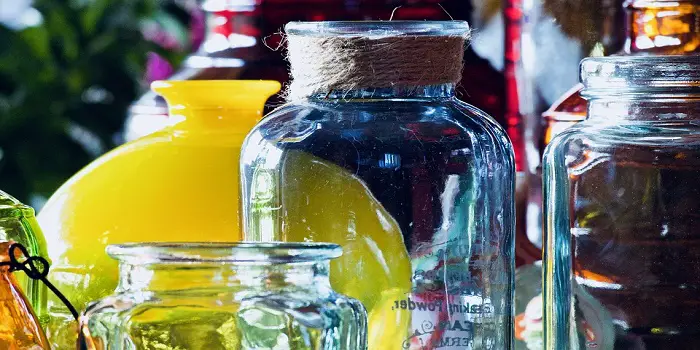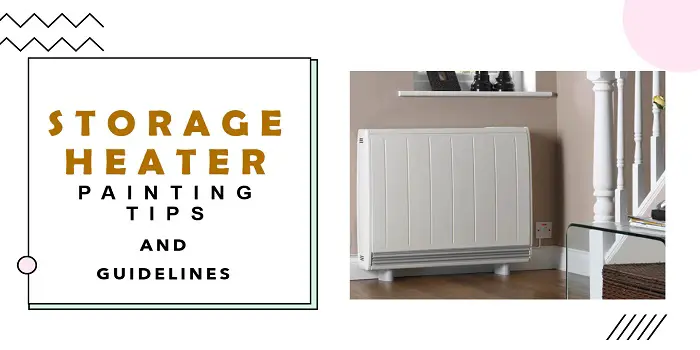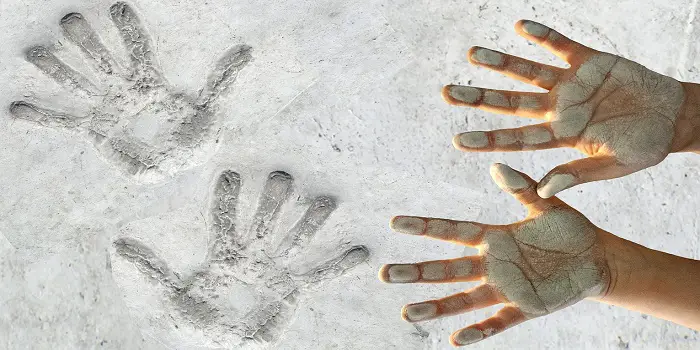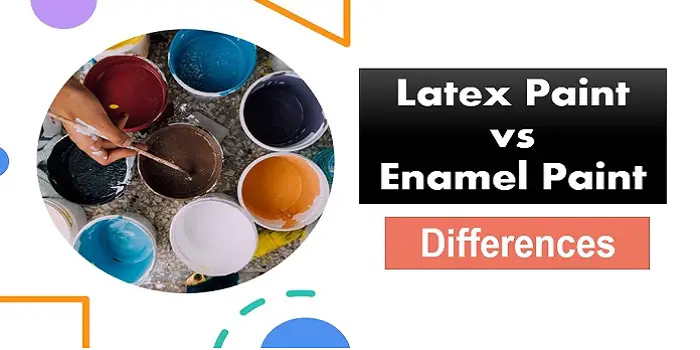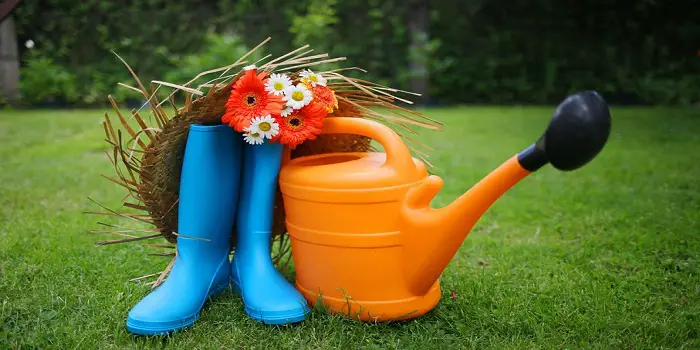
If your lawn has gone from lush emerald to lifeless beige, don’t panic (or blame the universe). Sometimes, all it needs is a quick makeover — not a miracle.
A green dye for lawn spray can give your grass a healthy, natural look while you work on improving its actual health beneath the surface.
And yes, you can easily make it at home with a few smart tricks, some kitchen chemistry, and a little patience.
Before we dive into the recipe, let’s understand why people are coloring their lawns — and how to do it without turning your backyard into an alien-green disaster.
What's Here in the Article:
Benefits of Using Green Dye for Lawn
A green lawn isn’t just about vanity (though your neighbors might think so). Using a green dye for lawn comes with several practical perks — some cosmetic, others surprisingly technical.
1. Instant Visual Appeal
Let’s face it: dead grass is a mood killer. Applying a green grass coloring for lawns can instantly improve curb appeal.
Whether you’re prepping for an open house, hosting a weekend party, or just tired of looking at the “before” version of a drought documentary, the right green tone makes everything pop.
2. Perfect Camouflage for Patchy Lawns
If you’ve got patchy or dormant areas, grass dye works like a Photoshop filter for your yard. It helps blend brown patches with green ones, buying you time while new grass grows in.
3. UV Protection & Moisture Retention
A little-known fact: good-quality lawn colorants can actually protect grass blades from UV rays and reduce water evaporation. Think of it as sunscreen for your lawn — only greener.
4. Eco-Friendly Option
Unlike fertilizers or chemical sprays, non toxic grass paint won’t harm pets, kids, or soil. Most are biodegradable, water-based, and fade naturally with mowing and rainfall.
5. Seasonal Flexibility
If your grass goes dormant in extreme heat or cold, dye keeps it camera-ready year-round — no matter what Mother Nature decides to do.
Cons:
A few limitations of using DIY homemade grass paint, which you should also keep in mind include the following:
- May not last as long (typically 2–3 weeks)
- Requires trial and error to get color right
- Can fade faster in heavy rain
Safety Note:
Most commercial or homemade grass dyes are formulated to be safe for pets and children once fully dry.
However, it’s best to keep them off the freshly sprayed area until the dye has completely dried — usually a few hours — to avoid any accidental color transfer to paws, shoes, or clothes.
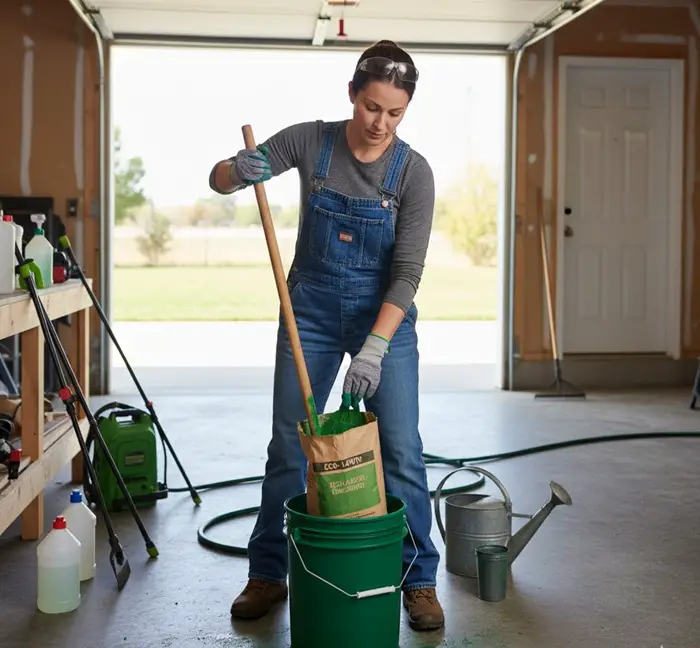
How to Make Green Dye for Lawn Spray?
Now to the fun part: mixing your own dye for lawn spraying.
Making your own green dye doesn’t just save money — it lets you control the shade, intensity, and eco-friendliness of your formula.
Ready? Let’s get our hands (a little) dirty.
Ingredients You’ll Need
- Green pigment – The hero of this project. You can use green tempera paint powder, liquid lawn pigment, or even food-grade green dye. (Tempera paint gives a richer color.)
- Water – The base for your spray. Filtered water works best to avoid mineral streaks.
- Vegetable glycerin or dish soap (a few drops) – Acts as a binder so the dye sticks evenly to grass blades.
- Optional: A small amount of blue pigment to balance the hue — many lawns are more blue-green than lime.
Step-by-Step: How to Make Grass Paint
1- Mix the Base: In a large bucket, add 2 cups of water for every tablespoon of green pigment.
Stir thoroughly until the color is fully dissolved. Adjust for shade — more pigment for darker tones, less for a light, spring-green look.
2- Add Binder: Pour in about half a teaspoon of glycerin or a few drops of dish soap. This helps the dye cling to grass blades instead of dripping off.
3- Test Before You Spray: Always test on a small patch of grass first. The color darkens as it dries, so wait 10–15 minutes before deciding if you need more pigment.
4- Load the Sprayer: Use a garden sprayer with an adjustable nozzle. Pour in your mix and give it a good shake before spraying.
5- Spray Evenly: Spray in sweeping, overlapping motions to prevent blotches. Avoid windy days — you don’t want to turn your fence (or the dog) green.
6- Dry Time: Let it dry for about 60 minutes before walking on it. It’s rain-safe after 24 hours.
Green Dye for Your Lawn: Dos and Don’ts
A few golden rules separate the “professional landscaper look” from “I accidentally painted my driveway.”
✅ Do:
- Use fine nozzles: It ensures even misting and reduces overspray.
- Wear gloves and old shoes: Unless you want fashionable green soles.
- Start light: You can always add more layers, but once your lawn looks like Kermit, there’s no turning back.
- Store leftovers properly: Keep in a sealed container away from sunlight — it can last up to a month.
❌ Don’t:
- Spray on wet grass: The dye won’t adhere properly.
- Use permanent fabric dye: It can be toxic and damage soil microbes.
- Ignore patchy results: If you see uneven tones after drying, lightly mist another coat for uniform color.
- Spray in strong sun: Midday heat can cause streaking or quick drying before the color sets.
What Type of Grass Is Suitable for Coloring?
Most warm- and cool-season grasses take well to dye, but some varieties absorb it more evenly.
Best candidates:
- Bermuda grass
- Zoysia
- Ryegrass
- Fescue
- Kentucky Bluegrass
These have fine, upright blades that hold color well. Even dormant (brownish) grass responds beautifully to a dye spray for dead grass, creating a more natural rejuvenated look.
Avoid coloring new seedlings or freshly mowed lawns — the tender blades can be more susceptible to uneven absorption or color burn.
DIY Grass Paint vs. Commercial Grass Dye – What’s Better?
Let’s be honest: while DIY methods are fun, they’re not always flawless.
So, should you keep mixing in your garage, or is it better to buy the stuff pre-made?
So, if you’re touching up a small patch or want to experiment with green dye for lawn spray, the DIY route is great.
But if you’re prepping your front yard for a property listing or a wedding photoshoot, go for a Grass Colorant made specifically for lawns. The uniformity and longevity will be worth it.
| Feature | DIY Grass Paint | Commercial Grass Dye |
|---|---|---|
| Cost | Very affordable; made with basic household materials | Higher upfront cost but professional-grade quality |
| Ease of Preparation | Requires mixing and testing for right shade | Ready-to-use or requires simple dilution |
| Color Longevity | Lasts around 2–3 weeks depending on weather | Can last 6–8 weeks with proper application |
| Customization | Highly customizable color tone and intensity | Pre-formulated; limited color variations |
| Finish Quality | May look uneven on first attempts | Consistent, smooth, and natural-looking finish |
| Eco-Friendliness | Can be eco-friendly if natural pigments are used | Most are non toxic grass paint, but check labels |
| UV & Weather Resistance | Moderate; fades faster in sun or rain | Contains UV stabilizers and binding agents |
| Best For | Small patches, experiments, budget-conscious users | Full-lawn applications, professional use, or special events |
| Maintenance | May require frequent touch-ups | Minimal; fades gradually and evenly |
| Availability | Made at home — no store visit needed | Available online or at garden centers (search “where to buy grass paint”) |
Pro Tip: Whichever route you choose, always remember: less is more. The goal is to make your lawn look “naturally alive,” not like you’ve rolled out green carpet from a theater set.
Wrapping Up
Making green dye for lawn spray at home is equal parts creativity and science. You get the satisfaction of DIY, the charm of instant transformation, and the bonus of saving a few bucks.
Plus, it’s eco-safe, pet-friendly, and oddly therapeutic (there’s something satisfying about bringing dull grass back to life).
So, next time your lawn starts looking tired, grab your sprayer and channel your inner artist. After all, a little color never hurt anyone — especially when it’s non toxic grass paint for your yard.
Because a greener lawn doesn’t always need more watering — sometimes, it just needs more imagination.
Share the post "How to Make Green Dye for Lawn Spray at Home?"

Douglas Becker (aka Painter Doug) has over twenty years of experience as a painter in Adkins, Texas. At present, he resides in Florida with his family.
From painting multi-storeyed houses, condos, and apartments to large commercial buildings and small offices, he had served various customers in areas not only in Adkins but also in Southwest Florida, Sarasota, Naples, and many more. To know more about him check here.

